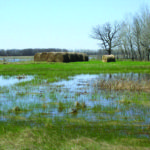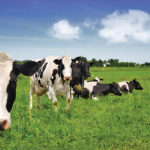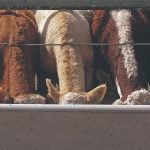
Tag Archives Environment

For the birds
Ranchers and prairie grassland birds have something in common: they’re both endangered species

Colder cold snaps under climate change?
The downside of climate change could have a bigger-than-expected effect on nature

Drought strategies a long-term game
The winter’s feed challenges have minds on drought planning this winter

Comment: ‘Roll Up The Rim To Win’ needs an environmental reboot
Canada’s iconic fast-food brand is beginning to fall out of step with the times

Cattlemen demanding Fisheries clarity
The Canadian Cattlemen’s Association says the murky definition of ‘fish habitat’ is causing concern

Dairy producers’ carbon footprint keeps shrinking
The improvements are the result of the ready adoption of new practices by the sector, according to a recent study

First-ever plan on economics of water storage networks in development
Theirs will be a first-ever plan that builds an investment case for flood and drought resiliency, says Seine Rat River Conservation District manager
What is adaptive management?

A watershed moment — province funds Conservation Trust
When fully capitalized, the fund is expected to generate about $5 million a year for projects and environmental goods and services

Nature doubles down on climate warming
A new study shows regions are more often simultaneously experiencing hot and dry conditions


